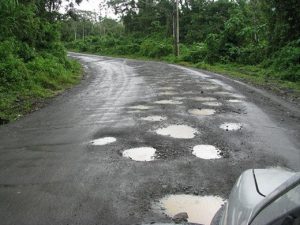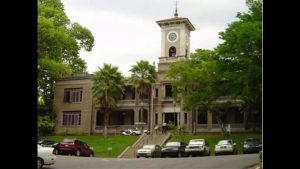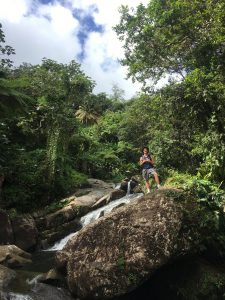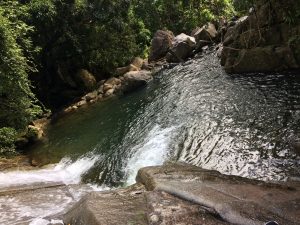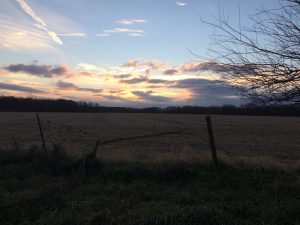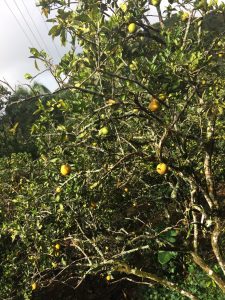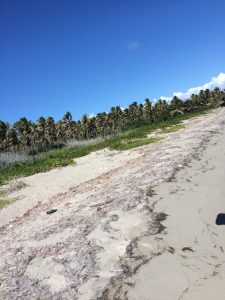The colonization of Puerto Rico begins with the name of a very famous sailor we are all familiar with, Christopher Columbus. In 1943, Columbus discovered the island of Puerto Rico and claimed it for Spain. Spanish settlement on the Caribbean island began soon after. Before the Spaniards came, the Taino Indians called the small island their home. However, the Europeans brought new diseases which wiped out much of the previous Indian population.
In 1815, the Royal Decree of Grace was issued, allowing all foreigners to be admitted to Puerto Rico and Islanders to trade with other nations. Around the same time, Puerto Rico exhausted the final riches of their meager gold supply. Due to this loss of economic activity from the small gold rush, the islanders began to try and establish an agricultural based economy. Cattle, sugar cane, tobacco and coffee were the core investments.
In 1898, the Spanish-American War, a conflict between the United States and Spain over colonial rule of Puerto Rico, had come to an end. The United Stated acquired the territory in the Treaty of Paris. Soon after, the Foaker Act of 1900 established a civil government for the territory govern itself.
As we can see, much of the current state of Puerto Rico has been shaped from historic events. The Spanish settlers brought over much of their culture to the island, including the Spanish language. This is evident because even though Puerto Rico is now a United States’ territory, much of the island speaks Spanish as their primary language. Secondly, the Royal Decree of Grace allowed Puerto Ricans to begin trading. This new law, along with running out of gold supply on the island, sparked a switch towards a more agricultural based society. Lastly, it is obvious the effect that American culture has had on the current culture of Puerto Rico. Many of the islands citizens can speak English, and they have also adapted many of our holidays and customs as well. According to forumbiodiversity, another one of the largest influences the United States has had is in the educational systems. The University of Puerto Rico was officially founded in 1903, shortly after the United States took over. Overall, it is very obvious to see that historical events in Puerto Rico’s history have made lasting impressions on the identity of the country today.
While the tropical island may seem like a great territory, it has its many problems as well. The Puerto Rican government currently has more than 70 billion dollars in outstanding debt, and the future does not look much brighter. The effects of their lackluster economy can be seen all across the island, as education systems are failing and unemployment rates continue to rise. It was also very obvious that the infrastructure of the island was a lot more worn down than what we are used to here in the United States. Congress is currently not helping out Puerto Rico at all, so there is very little hope from the future unless some changes are made effectively.
If the government can supply some money to the island, I’d advocate for it to be put toward the education and healthcare systems. Increasing education will have many major benefits. Unemployment will go down and the economy would flourish with more educated civilians working good jobs across the country. Another area the country can improve in is their agricultural production. As we’ve talked about over and over again, most of their food is imported. This is a lost opportunity to gain revenue for the people of Puerto Rico by not producing their own food, but by buying from other countries.
Solving these problems are not going to be easy, and will take years. However, by applying a systems approach and thinking about how all aspects effect each other, I hope one day these financial burdens can be lessened.


